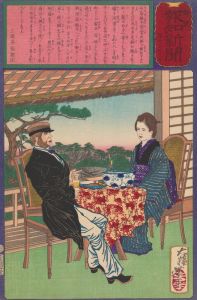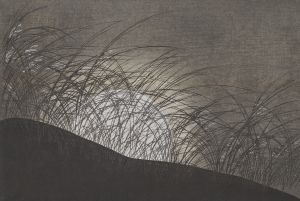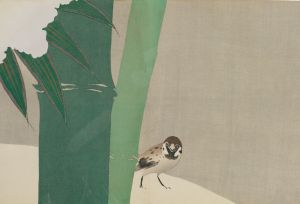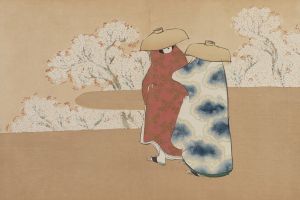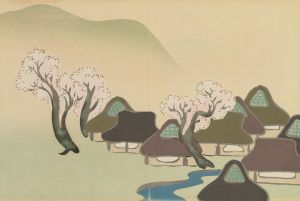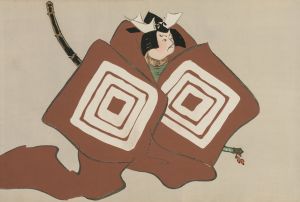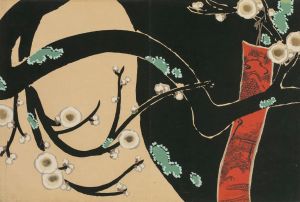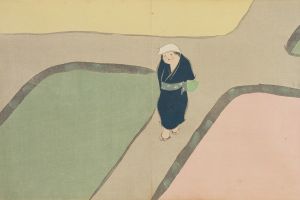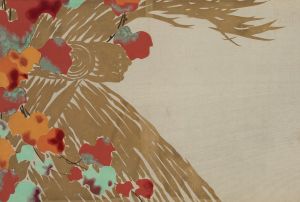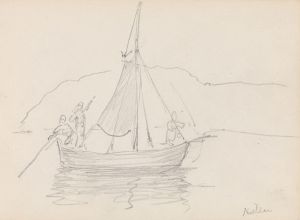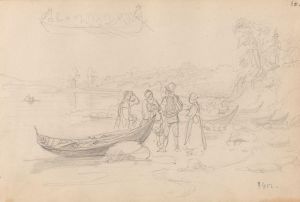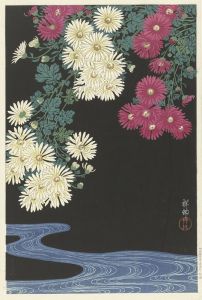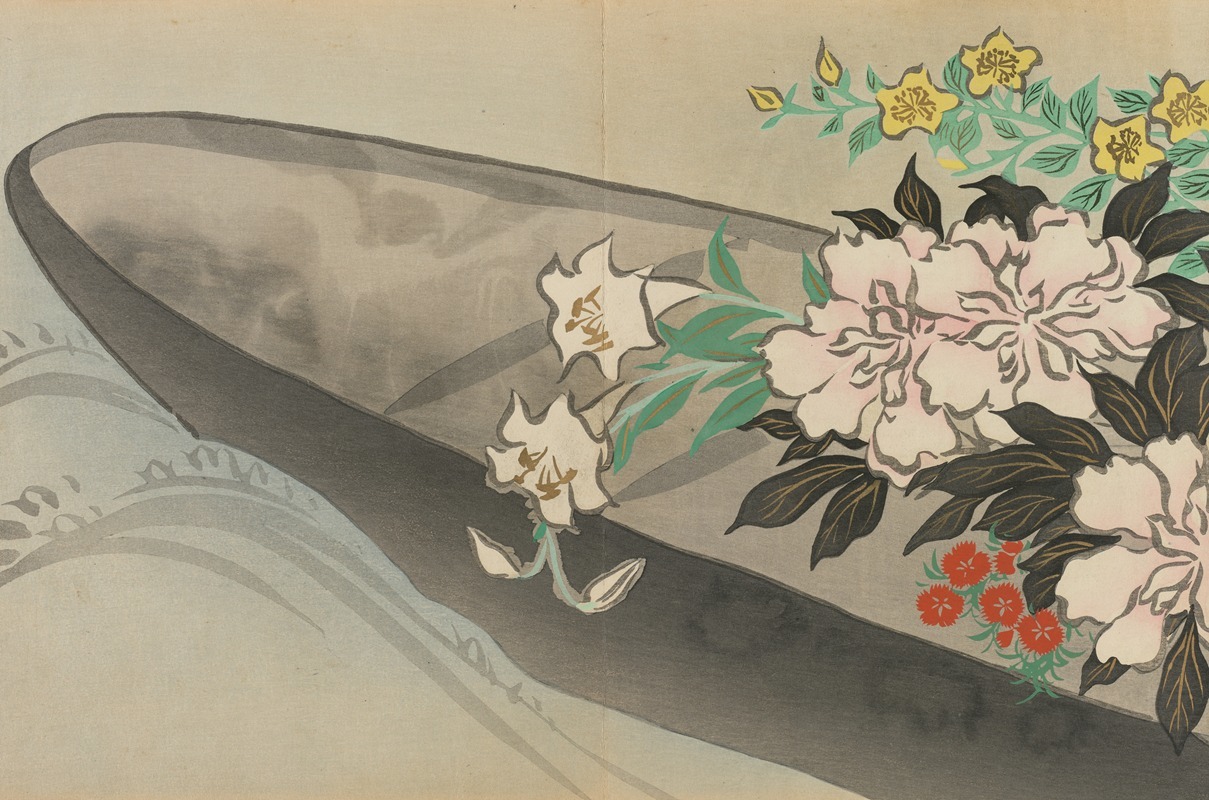
Flower boat
A hand-painted replica of Kamisaka Sekka’s masterpiece Flower boat, meticulously crafted by professional artists to capture the true essence of the original. Each piece is created with museum-quality canvas and rare mineral pigments, carefully painted by experienced artists with delicate brushstrokes and rich, layered colors to perfectly recreate the texture of the original artwork. Unlike machine-printed reproductions, this hand-painted version brings the painting to life, infused with the artist’s emotions and skill in every stroke. Whether for personal collection or home decoration, it instantly elevates the artistic atmosphere of any space.
Kamisaka Sekka (1866–1942) was a prominent Japanese artist and designer, known for his contributions to the Rinpa school of painting and his influence on modern Japanese art. His work, "Flower Boat," is a notable example of his unique style that blends traditional Japanese aesthetics with modern design elements.
"Flower Boat" is a part of Sekka's broader body of work that often features nature themes, a hallmark of the Rinpa school. The Rinpa school, which originated in the early 17th century, is characterized by its use of vibrant colors, bold compositions, and a focus on natural subjects such as flowers, birds, and landscapes. Sekka, as a late Rinpa artist, carried these traditions into the 20th century, while also incorporating elements of Art Nouveau and other Western art movements that he encountered during his travels.
Sekka's "Flower Boat" exemplifies his ability to harmonize traditional Japanese motifs with contemporary influences. The painting likely features a boat adorned with an array of flowers, a common motif in Japanese art symbolizing beauty, transience, and the journey of life. The use of color in "Flower Boat" is particularly significant; Sekka was known for his masterful application of color, often employing a limited palette to create striking visual effects. His work often includes gold and silver leaf, adding a luxurious and ethereal quality to his compositions.
Sekka's artistic journey was marked by his exposure to Western art and design during his time in Europe. In 1901, he was sent to Glasgow, Scotland, to study art and design, where he was influenced by the Art Nouveau movement. This experience broadened his artistic perspective and informed his later works, including "Flower Boat." The synthesis of Western and Japanese elements in his art reflects a broader trend in Meiji and Taisho period Japan, where artists and designers sought to modernize traditional art forms while retaining their cultural heritage.
"Flower Boat" is not only a representation of Sekka's artistic skill but also a reflection of the cultural exchanges occurring during his lifetime. His work played a significant role in the development of modern Japanese design, influencing subsequent generations of artists and designers. Sekka's legacy is evident in the continued appreciation and study of his works, which are celebrated for their beauty, innovation, and cultural significance.
Today, Kamisaka Sekka is regarded as a pivotal figure in the history of Japanese art, and his works, including "Flower Boat," are held in high esteem by art historians and collectors alike. His ability to blend traditional Japanese art with modern influences has left a lasting impact on the art world, making his pieces timeless examples of cross-cultural artistic expression.





